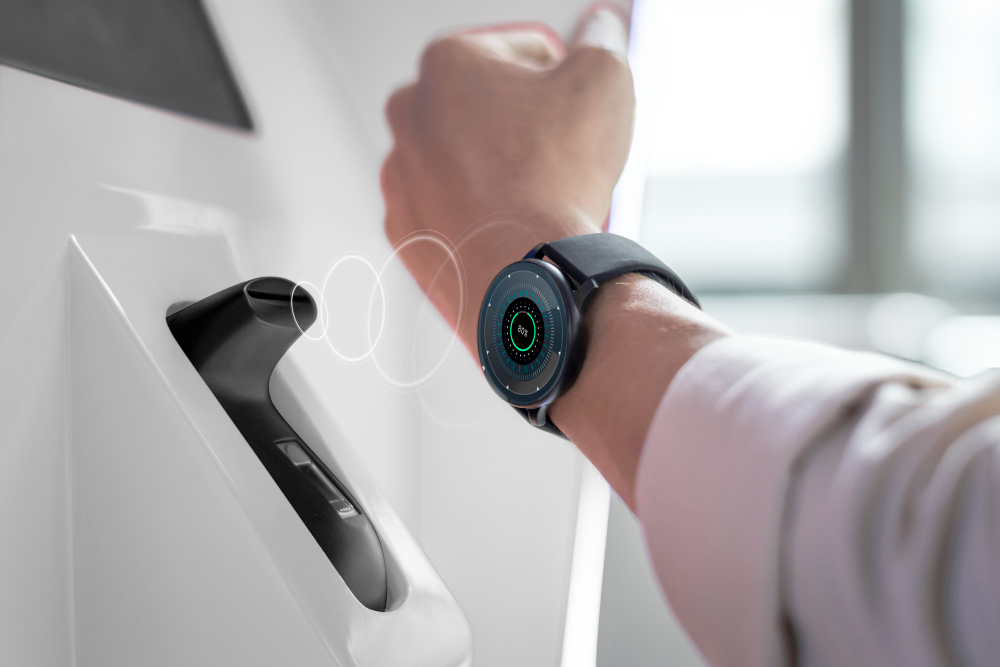In an increasingly connected world, personal security has become a paramount concern. Traditional security measures often rely on passwords, PINs, or physical identification cards, which can be lost, stolen, or easily replicated. However, the emergence of biometric wearables has opened up a new realm of possibilities for personalized security. These innovative devices, equipped with biometric sensors, offer a convenient and secure way to authenticate individuals based on their unique physiological or behavioral characteristics. This article explores the potential of biometric wearables and how they are shaping the future of personalized security.

Enhancing User Authentication
Biometric wearables, such as smartwatches, fitness trackers, and smart rings, have the ability to capture and analyze various biometric data points, including fingerprints, heart rate, voice patterns, and even gait analysis. By using these data points, wearables can accurately authenticate individuals, providing a higher level of security than traditional authentication methods.
The advantage of biometric wearables lies in their continuous monitoring capabilities. Unlike one-time authentication methods, such as passwords or PINs, biometric wearables can continuously verify the identity of the user throughout their day-to-day activities. This constant authentication ensures that only authorized individuals have access to sensitive information or secure areas.
Seamless User Experience
Biometric wearables offer a seamless user experience by eliminating the need for physical tokens or remembering complex passwords. Users can simply wear their devices, and the biometric sensors will automatically authenticate them when needed. This not only enhances convenience but also reduces the risk of identity theft or unauthorized access.
Furthermore, biometric wearables can be integrated with other devices, such as smartphones or laptops, to provide a multi-factor authentication approach. For example, a smartwatch could authenticate the user’s heartbeat pattern, while the smartphone verifies their fingerprint or facial features. This combination of biometric data ensures a higher level of security and reduces the reliance on a single authentication method.
Expanding Applications
The potential applications of biometric wearables extend beyond personal security. These devices can be utilized in various sectors, such as healthcare, banking, and travel, to enhance user experience and improve security measures.
In healthcare, biometric wearables can monitor vital signs, track medication adherence, and provide secure access to medical records. This not only improves patient care but also safeguards sensitive health information.
In banking, biometric wearables can replace traditional payment methods by allowing users to make secure transactions using their unique biometric data. This eliminates the need for physical cards or PINs, reducing the risk of fraudulent activities.
In the travel industry, biometric wearables can streamline airport security processes by providing seamless authentication at checkpoints. Passengers can use their wearable devices to verify their identity, eliminating the need for physical passports or boarding passes.
Addressing Concerns
While biometric wearables offer numerous benefits, concerns over privacy and data security must be addressed. Organizations must ensure that user data is encrypted and stored securely to prevent unauthorized access or misuse. Transparent policies regarding data collection, storage, and sharing should be in place to build trust and protect user privacy.
Ethical considerations are also crucial. Users should have control over their biometric data, with the ability to opt-in or opt-out of data sharing. Clear consent mechanisms and strict adherence to data protection regulations are essential to ensure responsible use of biometric wearables.
Conclusion
Biometric wearables are revolutionizing the concept of personalized security by providing continuous and convenient authentication based on unique biometric data. These devices offer a seamless user experience, enhancing convenience and reducing the risk of identity theft or unauthorized access. With their expanding applications in various sectors, biometric wearables have the potential to transform the way we interact with technology and safeguard our personal information. However, it is crucial to address privacy and ethical concerns to ensure the responsible and secure use of biometric data. As technology continues to advance, biometric wearables will undoubtedly play a pivotal role in shaping the future of personalized security.